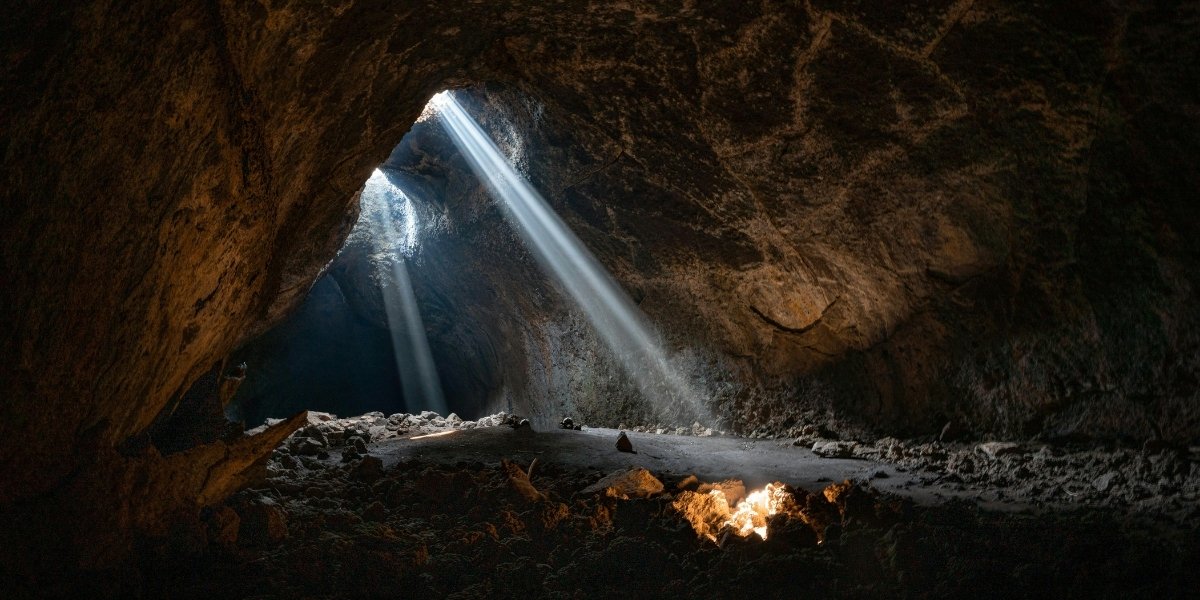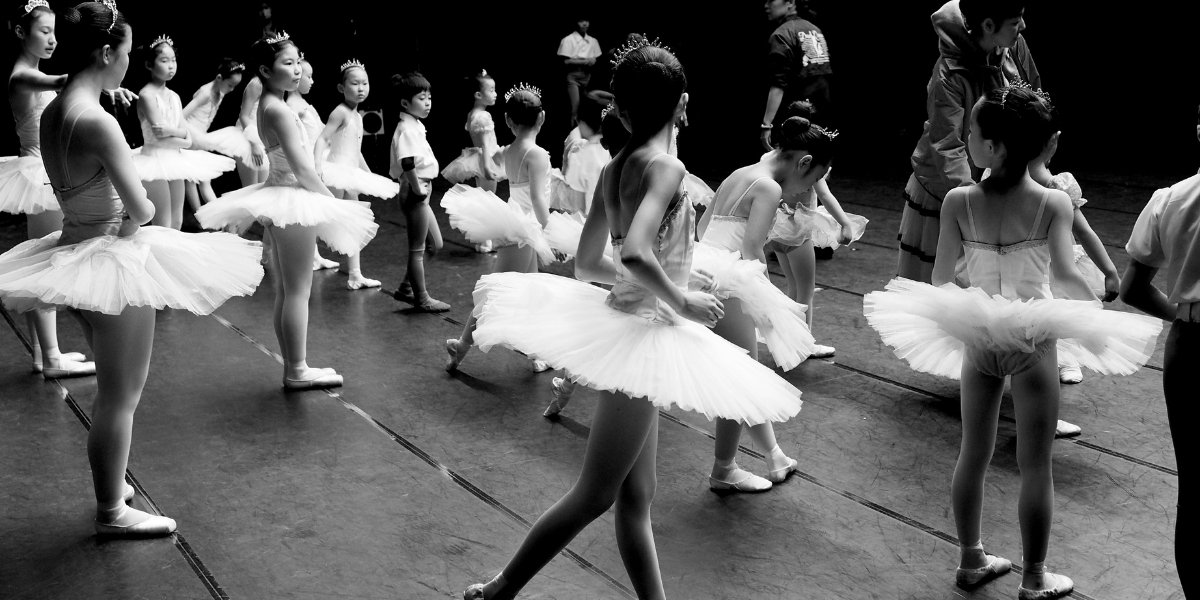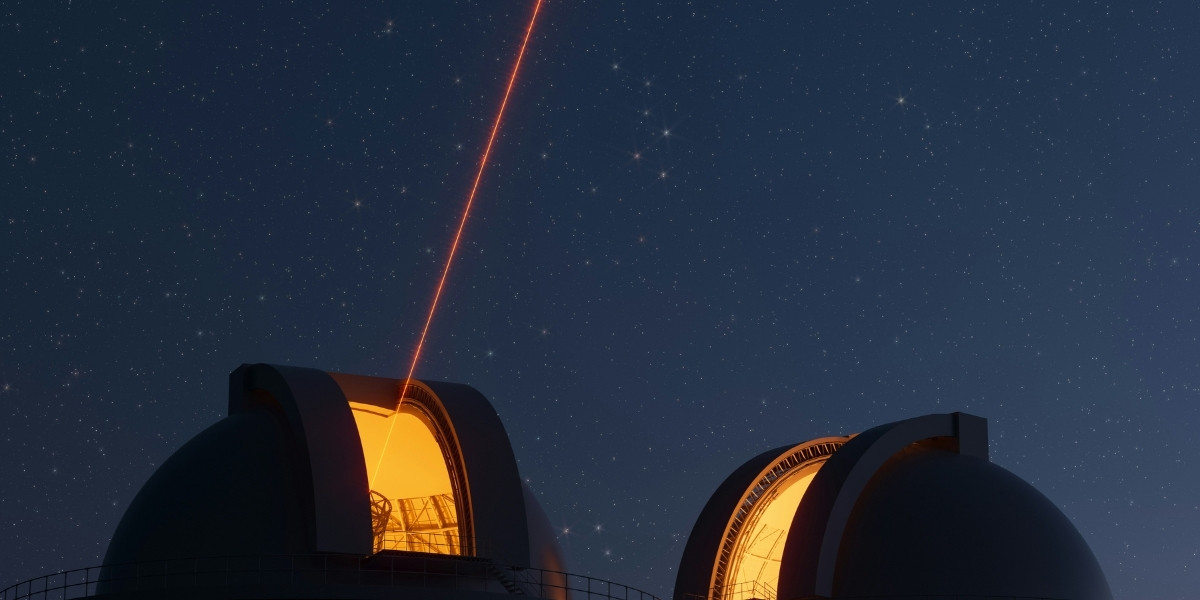Cultural Wonders of the 21st Century: A New Era of Creativity
As we move further into the 21st century, the idea of cultural wonders has evolved. These wonders aren’t just monumental structures; they reflect humanity’s creativity, resilience, and diversity in the modern world. While the ancient wonders of the world are timeless symbols of human achievement, today’s cultural wonders capture the spirit of innovation and global connectivity.
The term “cultural wonders” now encompasses art, architecture, music, and even digital spaces. They celebrate human ingenuity while reflecting cultural identities, societal progress, and technological advancements. Today’s wonders often blur the lines between traditional and modern, creating experiences that transcend borders and generations.
Read Also: Understanding Minimalist Living: A Path to Less Clutter and More Joy
How Is Architecture Shaping Modern Cultural Wonders?
Architecture has long been at the forefront of defining cultural significance. The 21st century has seen the rise of structures that are not only aesthetically striking but also serve as beacons of cultural identity and environmental consciousness.
Take, for example, the Guggenheim Museum in Bilbao, Spain. Its iconic design by architect Frank Gehry transformed the city, bringing global attention and economic revitalization. The museum’s innovative use of titanium and its striking curves symbolize a fusion of art and architecture, a hallmark of the new cultural wonders.
Similarly, The Sydney Opera House continues to stand as a testament to artistic and architectural brilliance. In the 21st century, the Opera House’s continued influence is reflected in how modern architects and artists aim to balance form with function, pushing the boundaries of design while maintaining cultural significance.
How Are Digital and Virtual Realms Creating New Cultural Wonders?
The rise of digital and virtual spaces has expanded the definition of cultural wonders. While physical landmarks still draw attention, digital platforms and immersive experiences have become cultural phenomena. Virtual reality (VR) and augmented reality (AR) have given rise to new kinds of art, storytelling, and performance that were unimaginable just a few decades ago.
Consider the immersive experiences in museums like the Louvre in Paris, where AR brings centuries-old art to life in ways that captivate younger, more tech-savvy audiences. These technological advancements make art more accessible, allowing users worldwide to engage with cultural treasures without leaving their homes.
Another example is digital art platforms such as those that support virtual galleries or NFT (Non-Fungible Token) art. These platforms challenge traditional notions of ownership and creativity, with artists reaching audiences far beyond physical gallery walls. Digital media allows the exploration of culture in a whole new dimension, creating global cultural wonders with just a click.
How Do Music and Performance Arts Contribute to Cultural Wonders?
Music and performance arts are central to the cultural experience, and 21st-century artists have pushed boundaries in this area. From the global influence of K-pop to the pop-cultural revolution driven by streaming services, music has become a unifying force that connects people across the globe.
The cultural phenomenon that is Beyoncé’s Coachella performance in 2018 is an example of how performance art can redefine cultural expectations. It wasn’t just a concert; it was a celebration of Black culture, heritage, and empowerment. Her use of visual storytelling, live music, and cultural references turned the performance into a cultural wonder that still resonates today.
Likewise, the Sydney Festival in Australia and other arts festivals around the world have become cultural landmarks. These events showcase both traditional and contemporary performances, bridging gaps between cultures, ideologies, and artistic traditions. They are cultural wonders that highlight the ongoing evolution of art in the 21st century.
What Role Does Technology Play in Preserving and Sharing Cultural Wonders?
As global access to culture increases, so does the need to preserve it. New technologies are playing a pivotal role in both preserving cultural wonders and allowing them to reach wider audiences. High-definition digital scanning and 3D modeling have allowed museums and institutions to digitally archive priceless artifacts.
Take the restoration of ancient texts and artworks using scanning technology, which has made previously lost or damaged cultural artifacts accessible to modern audiences. In this sense, technology is not just advancing new cultural expressions—it’s helping preserve the old ones.
Furthermore, platforms like YouTube and social media have democratized access to cultural experiences. Individuals and organizations are now able to share performances, art exhibitions, and even live events with millions of people, allowing new cultural wonders to be witnessed by a global audience in real-time.
How Are Global Collaborations Shaping Cultural Wonders?
In today’s interconnected world, global collaboration has become central to creating new cultural wonders. Cultural exchanges between countries, collaborations between artists, and international partnerships have produced groundbreaking works that transcend national borders.
For instance, the Olympic Games, which have been hosted in cities like Tokyo and Rio de Janeiro in recent years, serve not just as athletic competitions but as cultural showcases. These events offer countries the chance to celebrate their unique cultural identities while coming together as a global community.
Similarly, international art collaborations such as the Venice Biennale bring together artists from across the world, sharing innovative works that challenge and inspire global audiences. These events foster a dialogue about culture, art, and identity in an ever-evolving world.
Read Also: The Impact of Movie Soundtracks on Your Cinematic Journey
What’s the Future of Cultural Wonders in the 21st Century?
The future of cultural wonders looks bright, as technological advancements and a renewed sense of cultural exploration continue to reshape the landscape. What once seemed like distant possibilities—like fully immersive VR art experiences or interactive city-wide exhibitions—are quickly becoming realities.
In the years to come, we can expect more hybrid cultural experiences that blend physical and virtual worlds, with technologies like 5G, AI, and immersive media enhancing how we experience culture. These developments promise to create even more dynamic and accessible cultural wonders, allowing future generations to engage with history, art, and performance in ways we can only begin to imagine.








